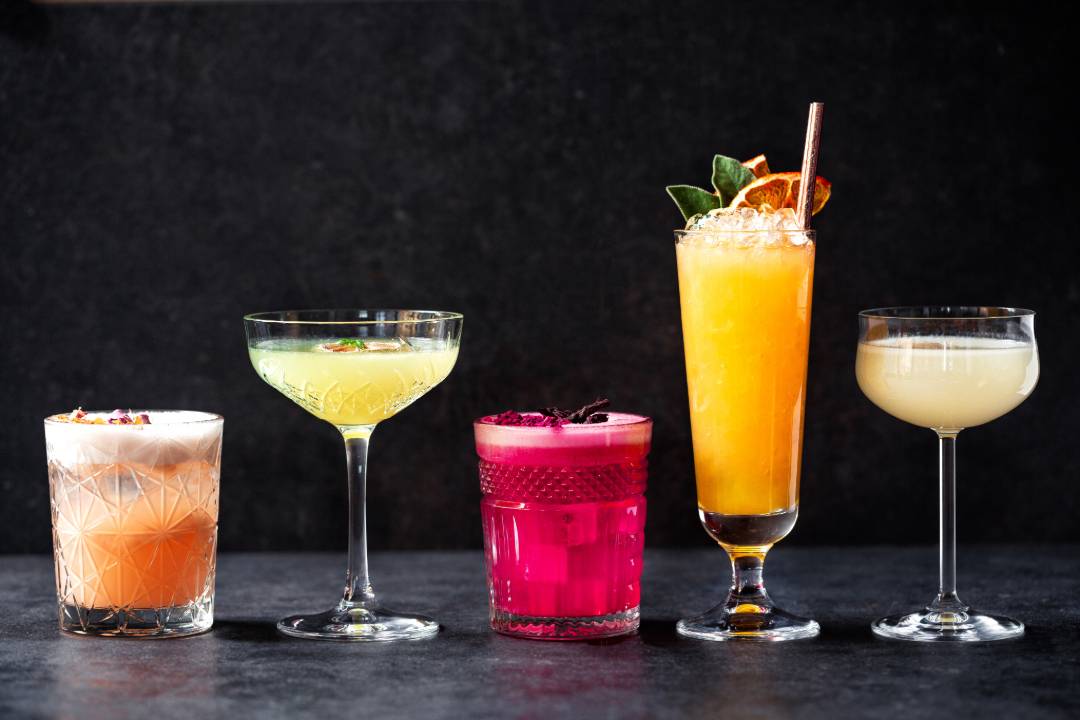
Cocktails and Prohibition
From Restrictions to Innovation in Mixology
The Prohibition era in the United States lasted from 1920 to 1933. It was a time of strict laws and secret bars called speakeasies. But it wasn't just about banning alcohol. Prohibition sparked a golden age of cocktails. With scarce and low-quality spirits, bars had to get creative. Mixology became an art of resourcefulness. This period left a mark on the cocktail world. Many classic drinks from then are still popular today. If you thought just Tonybet online games and the casino industry had passed through innovations in the past years, you should read this article.
Speakeasies
The 18th Amendment took effect in 1920. It banned the making, selling, and transport of alcohol. The goal was to reduce issues from heavy drinking. Instead, it pushed the drinking culture underground. Speakeasies sprang up in back rooms and basements. These hidden bars defied the ban. For their patrons, drinking became a secret thrill, filled with camaraderie.
Legal alcohol was off-limits, so bartenders turned to illegal sources. This bootleg alcohol was often low-quality and made in unsafe conditions. Bathtub gin, a harsh spirit, became infamous. To make it drinkable, bartenders used mixers, syrups, bitters, and fruit juices. They crafted creative cocktails to mask the alcohol's sting. These drinks turned a rough experience into something enjoyable.
New Flavours
Cocktail-making became crucial during Prohibition. Bartenders had to turn bad ingredients into enjoyable drinks. Many staples of modern cocktails, like bitters and syrups, were used to hide the harsh taste of poor-quality alcohol. Mixologists got creative, trying different flavors and using anything they could find to please their patrons.
Bitters were especially popular then. They could easily mask the strong flavors of rough spirits. Bartenders also made flavored syrups and used fruit juices to improve the taste and aroma. Fresh citrus and sugar were common additions. They added a refreshing twist to cocktails and made them feel more luxurious. This was true even when the ingredients were simple and humble.
Iconics
Some of the most iconic cocktails we know today came from the Prohibition era. Many were designed for both taste and accessibility, using easy-to-find ingredients. Here are a few classics from that time:
The Sidecar
Made with brandy, triple sec, and lemon juice, this drink became popular due to the availability of brandy. Its citrusy tang and balanced sweetness made it a favorite for those seeking a refined, accessible drink.
The Bee’s Knees
This cocktail mixed gin with honey and lemon juice to mask the harsh taste of poor-quality gin. Its name came from slang of the time—“bee’s knees” meant something excellent. It was a clever nod to how the drink made rough gin more enjoyable.
The Mary Pickford
Named after a famous silent film star, this cocktail combined rum, pineapple juice, grenadine, and maraschino liqueur. It was popular in Havana, where Americans went to drink legally and where rum was easy to find.
The French 75
A blend of gin, champagne, lemon juice, and sugar, this cocktail offered a refined twist. It captured the speakeasy trend of mixing strong spirits with effervescent mixers. This lightened the drink and improved its taste, making it a hit among patrons.
Modern Mixology
Prohibition-era cocktail innovation still shapes mixology today. Many bars and mixologists honor this time by reviving classic recipes with a modern twist. Bitters, flavored syrups, and fresh juices are still essential. They show how Prohibition’s improvisation built the foundation for today’s cocktail culture.
Speakeasy-style bars have also made a comeback. Modern drinkers love the hidden entrances and Prohibition-themed decor. This revival reflects the lasting impact of Prohibition. The thrill of secret indulgence has become part of the cocktail experience.
Creativity in Action
Prohibition aimed to end America’s drinking culture. Ironically, it sparked a wave of creativity instead. Bartenders had to work with limited supplies, showing resilience and ingenuity. They not only masked the taste of bad spirits but also laid the groundwork for sophisticated cocktails. These drinks still delight people around the world.
When Prohibition ended in 1933, many of these cocktails and techniques stayed popular. Prohibition left a lasting mark on American drinking habits. It changed how we think about cocktails, proving that innovation can thrive even in tough times. The era reminds us that creativity often blooms in adversity. Its legacy lives on in every sip, enjoyed by new generations.

Comments (0)